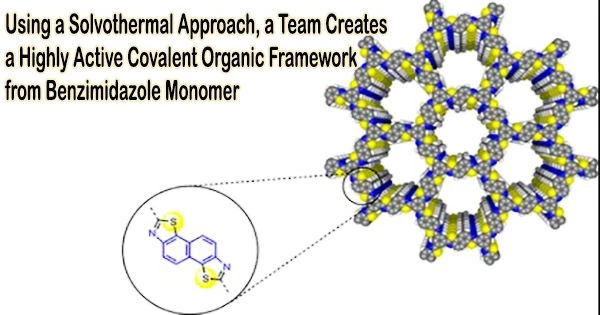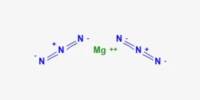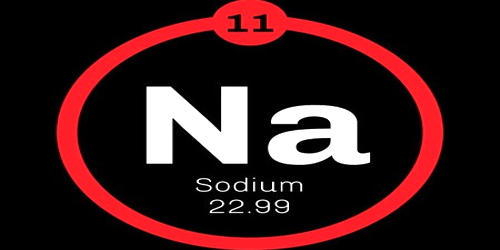With its high gravimetric energy density and clean, carbon-free fuel, hydrogen (H2) is emerging as a viable substitute for depleting fossil fuels. Unrestricted solar energy can be converted to H2 by the promising, affordable, and sustainable process of photocatalytic water splitting over a semiconductor.
Light capture, charge separation and transport, and surface proton reduction are all components of the light-driven hydrogen evolution reaction (HER). In contrast to how the photoexcited state often relaxes and returns to the ground state via radiative or irradiative recombination within a few picoseconds, the sluggish multi-electron interfacial proton reduction typically takes place within milliseconds or longer.
Although it is still difficult to build photocatalysts, the creation of many long-lived electrons with prompt transit to reactive sites for proton reduction is seen as a critical issue for HER.
Recently, a research team led by Prof. Yu Zhou and Prof. Jun Wang from Nanjing Tech University, China, reported the construction of a highly active covalent organic framework (COF) from an unusual benzimidazole monomer in a microwave-assisted solvothermal pathway. The results are published in Chinese Journal of Catalysis.
Co-catalysts are typically involved in HER to accelerate electron-to-proton transfer. COFs offer a versatile affinity to modulate and stabilize co-catalysts and maximize their efficiency, particularly for noble metal co-catalysts like Pt single atoms.
To create COF-based photocatalysts for HER, techniques such pre-designation, post-modification, and hybridization with other materials have been used. The synthesis and structure modulation by monomer designation, however, are critical since the function of COFs is highly dependent on the constituent parts.
Although extremely symmetric and stiff building blocks have traditionally been used to create COFs, using asymmetric monomers may considerably increase the variety, physicochemical characteristics, and functions of COFs.
But synthesis is made difficult by the inherent mismatch between the anisotropy of asymmetric building pieces and the isotropy of crystals. While asymmetric monomer-containing COFs have been applied to fuel cells and gas adsorption, they have not yet been employed in photocatalysis or with metal-supported catalysts, particularly monoatomic catalysts.
With single-atom Pt sites as the cocatalyst, the benzimidazole-based COF exhibited a high HER rate up to 115 mmol g-1 h-1 and turnover frequency of 4475.1 h-1 under visible-light irradiation.
The aforementioned performance was dependent on the interaction between benzimidazole moieties and the COF framework, which on the one hand stabilized photogenerated electrons to lengthen the lifetime of the electrons and on the other hand provided a strong host-guest interaction that led to the formation of single-atom Pt sites and the acceleration of the electron-transfer to the Pt active sites for proton reduction.
This work shows how the molecular design of COF-based organic semiconductors employing structurally and functionally diverse asymmetric building blocks can be used to develop an electron stabilization and interfacial charge transfer channel for the HER process.
















